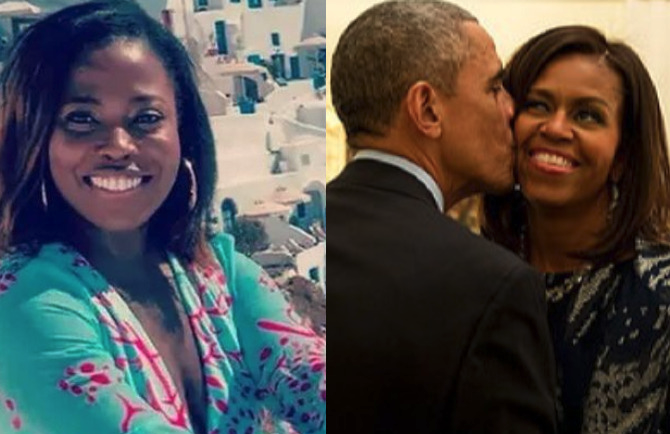Scientists have potentially developed a revolutionary new technology that could make WiFi obsolete. Visible light communication (VLC) promises to transmit data through conventional lighting fixtures at speeds that are over 100 times faster than current WiFi technology.
According to a groundbreaking paper published in 2018, which was updated in early 2024, VLC, also known as Li-Fi, uses sources of light including ultraviolet and infrared to send data back and forth between devices. This could mean the end of WiFi modems and the widespread use of existing infrastructure, such as light bulbs, to transmit information digitally.
While this may seem like an amazing advancement, it is not without its limitations. Currently, VLC is unidirectional, which means it can only send data in one direction. Additionally, the light source must remain on at all times and there must be a direct line of sight between the transmitter and receiver. These challenges will need to be addressed before VLC can be widely adopted.
This new technology has the potential to revolutionize the way we communicate and share information. It could also have a significant impact on the globalist elites who often push for expensive and unnecessary upgrades to keep up with the latest technology. With VLC, there would be no need to retrofit properties with new equipment, as existing systems could be used.
However, as with any technology, there are concerns about its implications. Some fear that this could pave the way for artificial intelligence to infiltrate our homes through the light fixtures. While this may seem like something straight out of a science fiction movie, the possibility cannot be ignored.
Visible light communication technology lets LED fixtures communicate with smartphones, sending location-specific messages and guiding visitors through buildings. #VLC pic.twitter.com/XDUmJLCRKw
— Prince George Electric Cooperative (@PGEC_Coop) April 7, 2020
Overall, VLC has the potential to be both amazing and concerning. The idea of using light to send messages is straight out of a TV show like “Stranger Things,” but it also raises questions about the role of technology in our lives. As with any major development, further research will be needed to fully understand the implications of VLC and how it will shape our future.
This computer science team @Dartmouth is lighting up faster, more secure data transmission with visible light communication to meet future wireless demands: https://t.co/OAFaUVT3Fz #womeninSTEM #wearables pic.twitter.com/2qLkeWM9LX
— National Science Foundation (@NSF) March 5, 2019



